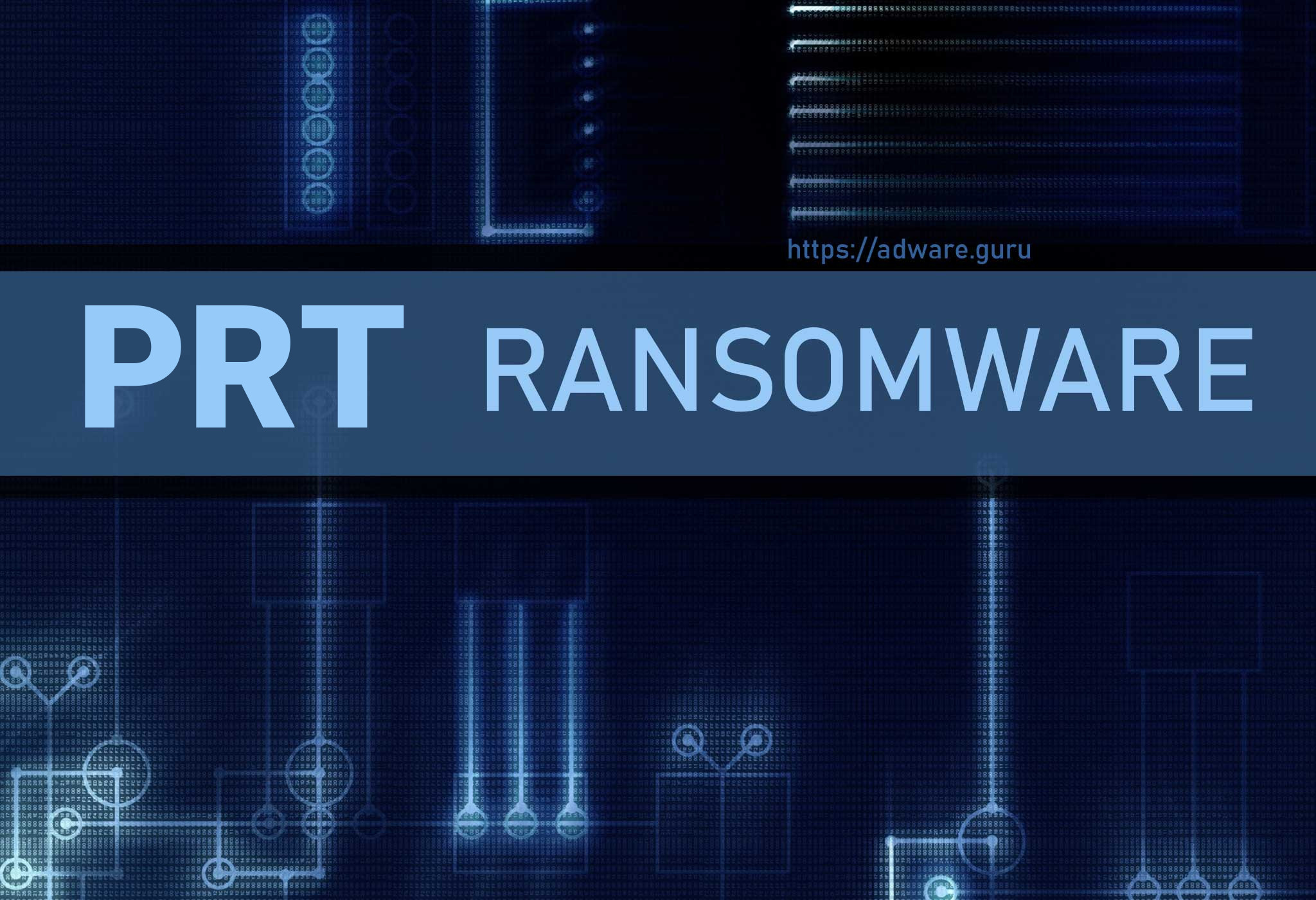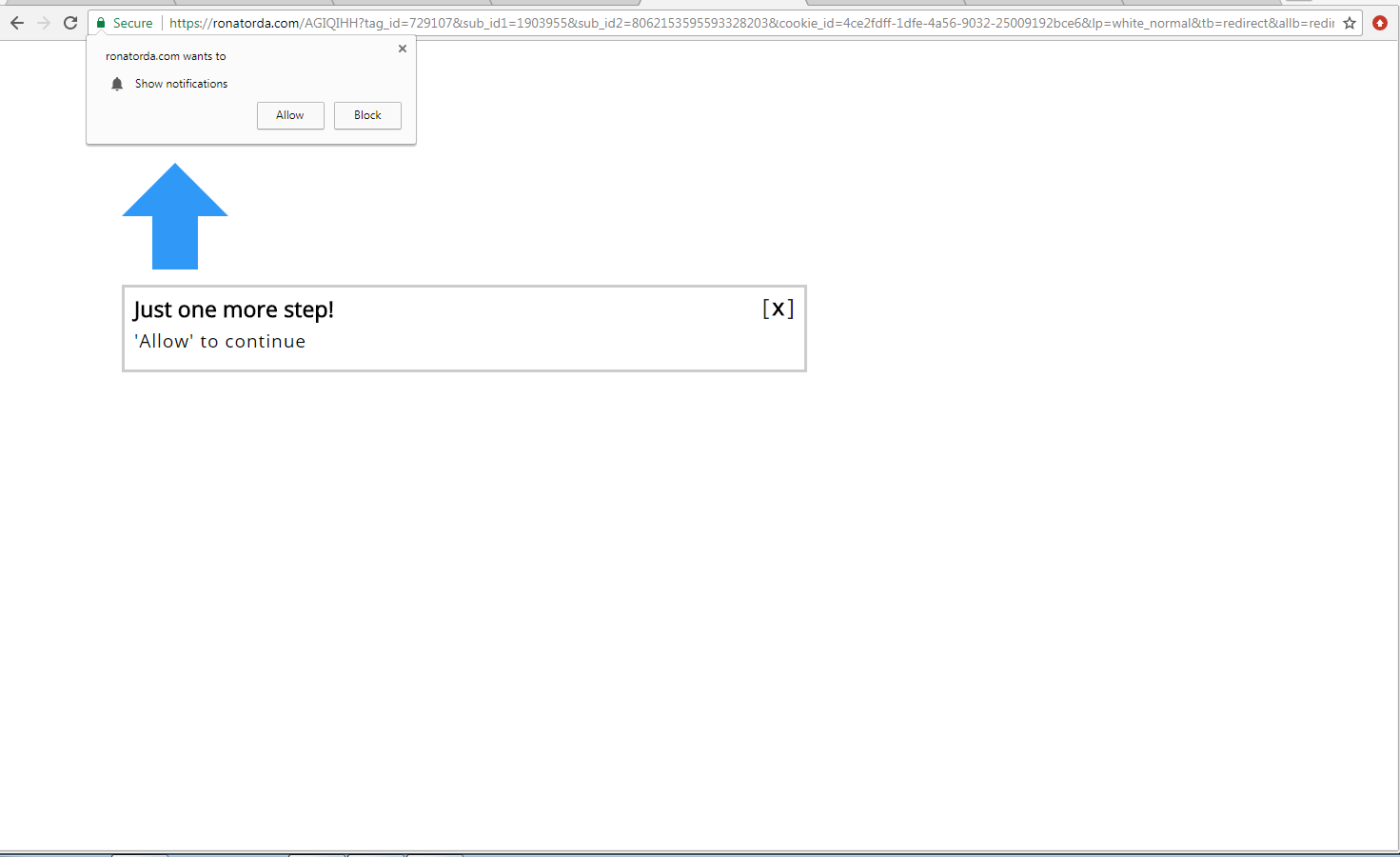Remove Liquid Virus (.Liquid Files Ransomware) – DelShad Ransomware
Liquid – General Info
The Liquid mean a ransomware-type infection. The infection comes from the DelShad ransomware family. Liquid was elaborated specifically to encrypt all major file types. Once the file is encrypted people are unable to use them. Liquid adds the “.Liquid” extension for each file encrypted by it. For example, the file “myphoto.jpg“, once encrypted by Liquid, will be renamed into “myphoto.jpg.Liquid“. As soon as the encryption is completed, Liquid places a special text file into every folder containing the encrypted data.The message given by Liquid text file requesting the ransom is absolutely the same as the statements given by other ransomware virus representatives belonging to the DelShad clan. It literally discusses that the info is encrypted which the only way to restore it is to use a a distinct decryption key. Sadly, this is absolutely true. The sort of cryptography mechanism used by Liquid is still not properly examined. Still, it is definitely particular that each victim might be given the specific decryption key, which is absolutely unique. It is difficult to bring back the files without the key available.
Another technique of Liquid is that the victims cannot access to the key. The key is saved on a particular server run by the frauds associated with Liquid ransomware. To get the key and recover the important information people have to pay the ransom.
Liquid encrypted your documents, but that might not be the only damage done to you. The ransomware might still be hidingon your computer. To identify whether this holds true, we suggest downloading GridinSoft Anti-Malware.
Download GridinSoft Anti-Malware
GridinSoft Anti-Malware Review, How to get free trial?, EULA, and Privacy Policy.
Nevertheless, irrespective of the asked for amount, people need to stay away from paying the ransom virus. Cyber frauds are unfair, so they tend to completely ignore what their victims feel about the problem, even when the payment reaches their pockets. This is why paying the ransom generally does not provide any positive outcome and people simply waste their money for nothing.
We highly recommend that you do not contact these crooks and definitely do not transfer money into their accounts. It is said to admit that there are no utilities able to crack Liquid ransomware and to recover the data data for free. Thus, the only best decision is to recover the lost information from the available backup.
Virus Summary
| Name | Liquid Ransomware |
| File Extension | .Liquid |
| Type | Ransomware |
| Family | DelShad |
| Short Description | The ransomware encrypts all the data stored on your system and requires a ransom to be paid on your part supposedly to recover your important files. |
| Symptoms | File encryption by the ransomware is performed by means of the AES and RSA encryption algorithms. Once the encryption is completed, the ransomware adds its special Liquid extension to all the files modified by it. |
| Distribution Method | Spam Emails, Email Attachments |
| Removal Tool | GridinSoft Anti-Malware |
Remember that the world wide web is now overwhelmed with threats that look similar to Liquid ransomware. Harmful programs of such kind are generally elaborated to encrypt essential information and to set forth the demand prior to the user to pay the ransom. The peculiarity of all such ransomware threats is that all apply a comparable algorithm to create the special decryption key for data decryption.
Therefore, as long as the ransomware is still being developed or has some hidden bugs, manually recovering the information is simply not feasible. The only way to prevent the loss of your essential data is to routinely create backups of your important information.
Keep in mind that even if you create such backups, they must be put into a special storage utility not connect to your main PC. You may use the USB Memory Stick or external hard disk for this purpose, or refer to the help of the cloud storage. If you save your backup files on your common system they may be encrypted along with other files, so it’s certainly not a good storage location.
How did ransomware infect my system?
There are several ways used by online scams to distribute Liquid virus. Even though it doubts how exactly Liquid injects your computer, there are some leaks through which it may infiltrate the system:
- integration with third-party software, especially freeware;
- spam e-mails from unknown senders;
- sites rendering free hosting services;
- pirated peer-to-peer (P2P) downloads.
Typically Liquid ransomware may exist as some genuine software, for instance, in the pop-ups advising users to execute some important software updates. This is the typical trick used by online scams to persuade people into downloading and installing Liquid infection manually, by methods of their direct participation in the installation process.
Furthermore, the criminals might refer to different email spam strategies to inject harmful codes into PC. So, they may describe to sending unsolicited spam e-mails with tricky notifications promoting users to download the attachments or click on certain download links, for example, the ones encouraging users to open some video, documents, tax reports or invoices.
Needless to mention, opening such documents or clicking on such dangerous links may significantly harm the PC. Fictitious Adobe Flash Player upgrade alerts may result in Liquid virus injection. When it comes to the cracked applications, these illegally downloaded programs may likewise contain destructive codes resulting in Liquid secret installation. Finally, injection of Liquid may take place by means of Trojans that privately get injected into the system and install malicious utilities without the user’s authorization.
Is there any way to prevent the injection of Liquid ransomware?
Even though there is no 100% guarantee to prevent your computer from getting infected, there are some pieces of suggestions we wish to share with with you. First of all, be very mindful when you browse the web and especially while downloading free programs. Stay away from opening suspicious email attachments, especially when the sender of the email is not familiar to you.
Remember that some freeware installers may consist of other unwanted utilities in the package, so they may be malicious. Ensure that your current antivirus and your entire OS is always appropriately updated.
Obviously, downloading pirated software is unlawful and may result in important damage to be made for your system. Thus, stay away from downloading cracked software. You are likewise strongly encouraged to reconsider your existing security software and potentially switch to another security solution that can render better services of protecting your computer.
Below please find the quotation from the Liquid text file:
all data in your machine turned to useless binary code your databses and Documents have been downloaded and will be published after 12days if not paid to return files and prevent publishing email us at : [email protected] , [email protected] (send copy to both, your id as subject) your id : - tips: no one else can help you ,don\'t waste your business time if not paid after a while Google your Campany Name and you wil see your private and custorres data in there ,all your customers and (this is done only if determine your data leakage does more damage than payment you should make) anyone/any company offering help will contact us and intermediate, even if they claim otherwise, math prooves no one can decrypt without our private keys ,even some of them with good fame get test file from us and scam you (get your money, don\'t pay us, tell you some bullshit, and leave you with your encrypted data) the other half get only some extra fees from you (someone them they pick large amounts of your payment for themselves), there\'s nothing you can\'t do yourself you can buy bitcoins easily , just google : how to buy bitcoins in xxx (your country) Whats\'s guarantee? 1- you send a few Sample files for test before payment 2-if we don\'t recover our reputation will go bad and no one will pay us we won;t be available for long dont play with encrypted files that will corrupt them and make unrecoverable. for proper decryption don\'t delete files at c:\\Liquid hidden folder , even on machines with no important data , or get backup of them question : i read at some website that some people pay the ransome and don\'t get their files answer: yes that happens with some ransomewares, affiliates scam you to to pay percentage to devs , to avoid it never pay anyone without testfile (us or any dealer),never ever pay outside of this 2 emails,ONLY PAY TO THE WALLET ADDRESS YOU RECEIVE WITH DECRYPTED SAMPLE FILE ,scam can\'t happen if this tips are followed , guaranteed . use google translate (if you don\'t know english)
Screenshot of files with “.Liquid” extension added by the ransomware:

Use GridinSoft Anti-Malware to remove Liquid ransomware from your computer
1.Download GridinSoft Anti-Malware.
You can download GridinSoft Anti-Malware by clicking the button below:
2. Double-click on the setup file.
When setup file has finished downloading, double-click on the setup-antimalware-ag.exe file to install GridinSoft Anti-Malware on your computer.

An User Account Control asking you about to allow GridinSoft Anti-Malware to make changes to your device. So, you should click “Yes” to continue with the installation.

3. Press Install button for run GridinSoft Anti-Malware.
3.Once installed, GridinSoft Anti-Malware will automatically run.
4. Wait for the GridinSoft Anti-Malware scan to complete.
GridinSoft Anti-Malware will automatically start scanning your computer for Win Speedup 2018 and other malicious programs. This process can take a 20-30 minutes, so we suggest you periodically check on the status of the scan process.

5. Click on “Clean Now”.
When the scan has completed, you will see the list of infections that GridinSoft Anti-Malware has detected. To remove them click on the “Clean Now” button in right corner.








